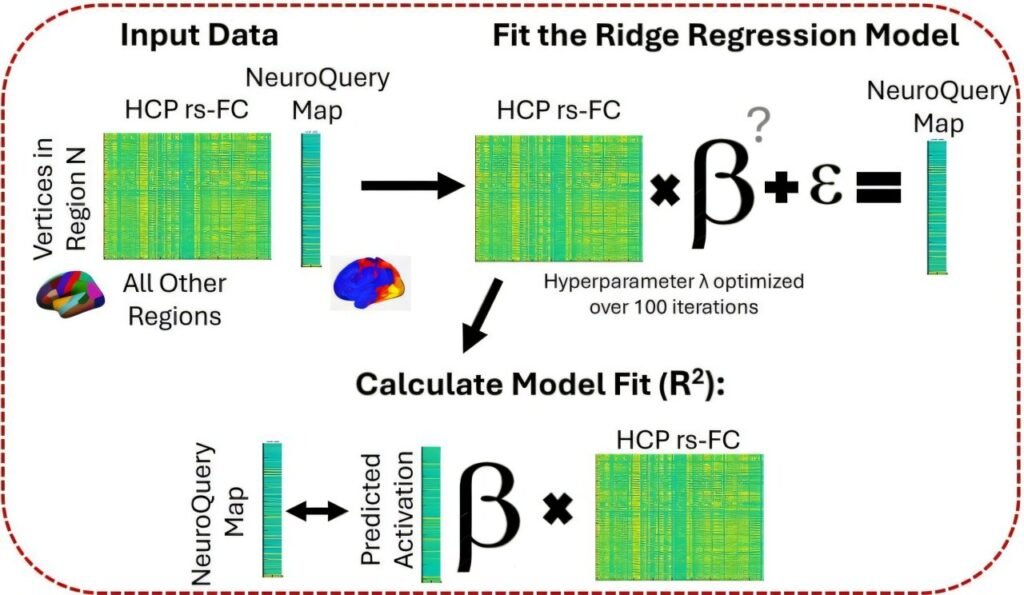A groundbreaking new study has shed light on the intricate connection patterns within the human brain and how they reveal the specialized functions of each region. This research, led by Kelly Hiersche, a doctoral student in psychology at The Ohio State University, provides a comprehensive overview of the brain’s organization and its various functions.
Unlike previous studies that focused on the relationship between connectivity and specific brain functions, this study offers a holistic “bird’s eye view” of the entire brain. According to Hiersche, the evidence suggests that connectivity plays a crucial role in governing brain function, offering valuable insights into brain disorders and dysfunctions.
The study identified unique “connectivity fingerprints” associated with different brain regions, similar to how each individual has a unique fingerprint. These connectivity patterns can help researchers infer the function of specific brain regions, paving the way for a deeper understanding of how the brain operates.
By using data from the Human Connectome Project, which included brain scans from over 1,000 individuals, the researchers employed NeuroQuery, an online meta-analysis tool, to map cognitive processes in the brain. Through computational models, they linked connectivity data with the meta-analytic results, revealing a strong correlation between connectivity and brain function across various cognitive domains.
Interestingly, the study found that higher-level cognitive skills, such as executive function and memory, exhibited the tightest connections between connectivity and activation. This suggests that these skills, which develop over time, have a unique relationship between brain connectivity and function.
One of the key contributions of this study is providing a baseline understanding of how normal brains function in young adults. This knowledge can serve as a reference point for future research on brain disorders and conditions, allowing scientists to compare abnormal brain function with the findings of this study.
The findings of this research were recently published in the journal Network Neuroscience, offering a significant advancement in our understanding of the brain’s organization and function. By uncovering the intricate relationship between connectivity and brain function, this study opens up new avenues for exploring the complexities of the human brain.
As we delve deeper into the mysteries of the brain, studies like this play a vital role in expanding our knowledge and paving the way for innovative treatments and interventions for neurological disorders. The research conducted by Hiersche and her colleagues represents a crucial step forward in unlocking the secrets of the human brain and its intricate workings.


